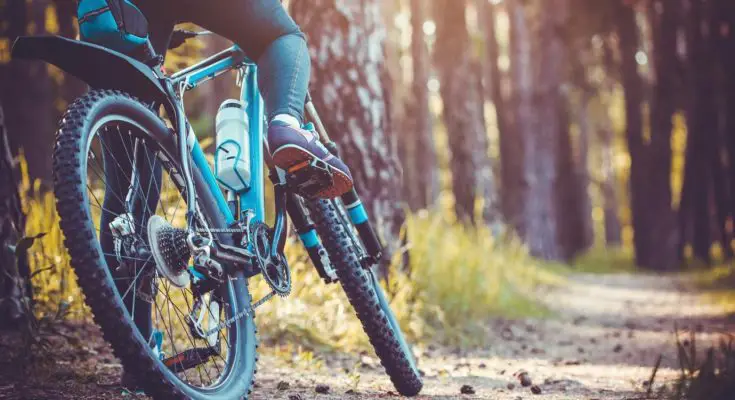Over 130,000 cyclists are injured in accidents every year. Cycling is a fun and eco-friendly way to get around your city, but if you’re not careful, you can get seriously hurt.
In a bike, you don’t have a layer of protection around you like you would in a car. You’re more vulnerable, and even a minor accident can result in serious injuries or death.
We’re here to talk about a few bicycling safety tips that can help you be a safer cyclist on the road. Read on to learn more.
1. Wear a Helmet
One of the most important bicycle safety tips that everyone should follow is to wear a helmet. No one is too good of a cyclist or too old to wear a helmet. In the event of a bad fall, a helmet can be the difference between walking it off and getting a serious concussion (or worse).
If you’re biking on quiet streets or at the park, you may be able to get away without a helmet, but if you’re going to be anywhere with cars on the road, a helmet is a must-have.
Make sure to get a well-fitting helmet and to make sure it’s tight before you get on your bike.
Wearing a helmet as an adult also sets a good example for others. When children see adults wearing safety gear, they’re more likely to also wear helmets when they’re biking on the road. This makes everyone safer.
2. Know the Rules of the Road
Too many cyclists don’t know that they’re technically operating vehicles according to the law. Bicycles, if they’re riding in the same lanes as cars, need to obey the rules of the road.
These rules vary depending on where you live. Make sure to brush up on the law before the first time you go out on your bike.
Many people don’t know that cyclists have to obey traffic lights and signs. That’s right; if there’s a red light, you’re supposed to stop right along with the cars.
Cyclists are also supposed to signal turns. While conventional bikes don’t have turn signals, cyclists should learn how to use hand signals to inform other people on the road when they’re about to turn.
It’s very easy for a cyclist to get into an accident with a car as a result of their own negligence. Not knowing the law is not an excuse for breaking it. Visit here to find out more about what to do after an accident.
3. Use Bike Lanes When Possible
According to the law, cyclists can (and should) generally share the road with cars. With that in mind, if there is a bike lane available, that is almost always going to be the better and safer option.
Bike lanes allow cyclists to avoid cars and maintain a safe distance between themselves and everyone else on the road. In a bike lane, cyclists should still be following the rules of the road (stopping at stop lights, for example) and they should still pay close attention to their surroundings.
Cyclists should watch out for parked cars or drivers who mistake bicycle lanes for parking spots.
4. Assume Drivers Can’t See You
When you’re riding a bike, you’re far less visible than a car. If the cars around you are large, the drivers may not be able to see you at all. Some drivers may technically be able to see you, but they may not be paying attention.
It’s always best and safest to assume that the other drivers on the road are not going to see you. Put as much distance as possible between yourself and them, and don’t do anything unexpected. If a car is getting too close, don’t assume that they know you’re there.
5. Make Yourself as Visible as Possible
On that note, you should try to make yourself as visible as possible when you’re on the road, especially at night.
If you’re riding your bike at night or in the rain, wear something colorful and reflective. This way, drivers will have a better chance of seeing you even in poor lighting conditions.
When possible, bike in areas with plenty of lighting. Stay close to streetlights.
6. Stay Aware of Your Surroundings
When you’re on a bike surrounded by cars, you have to be on high alert at all times. Always stay aware of your surroundings.
Try to keep track of all of the other cars, cyclists, and pedestrians nearby. You can’t always anticipate what someone is going to do, but by staying alert, you give yourself a better chance of being able to react quickly and avoid a disaster.
Make sure you don’t have any distractions. You shouldn’t text or otherwise use your phone while you’re riding your bike because you may put yourself and others in danger.
It’s even a bad idea to wear headphones while you’re on your bike. While wearing a single headphone is better, wearing no headphones so you can hear everything around you is the best and safest option.
Keep These Bicycling Safety Tips in Mind
If you want to be a responsible cyclist and avoid bicycle accidents, you need to take your bicycling safety seriously. One accident can be devastating when you don’t have the protection of a car around you.
Remember the rules of the road, wear a helmet, use bike lanes when they’re available, stay aware of your surroundings, and always assume that people can’t see you. Stay safe!
For more helpful articles about safety and more, visit the rest of the site.



